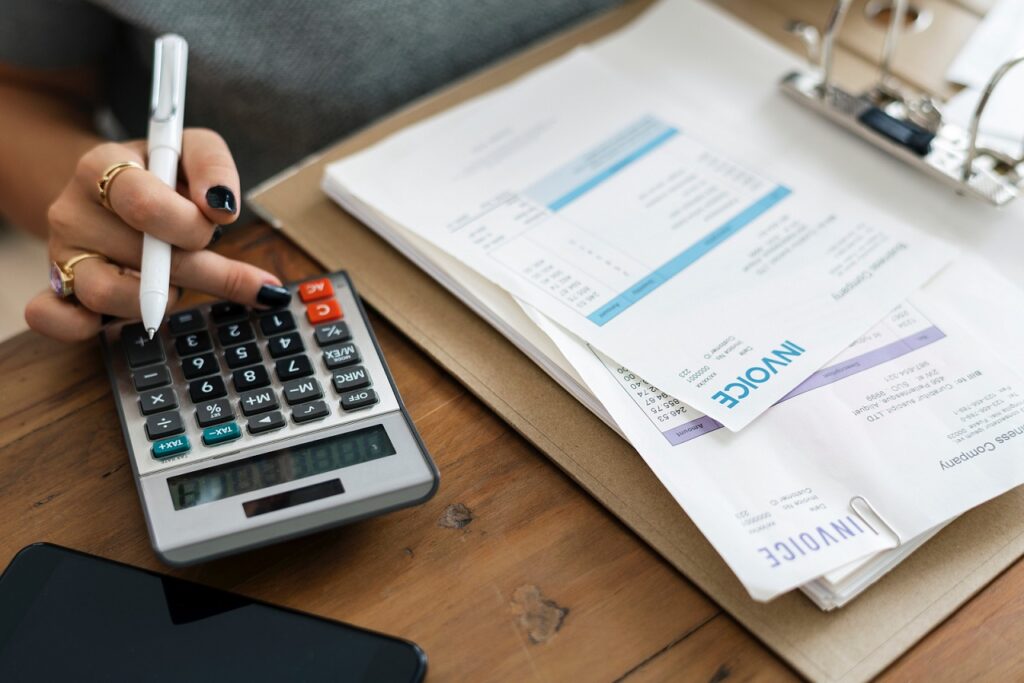There’s nothing like getting paid for all of your hard work. That’s why you need to know how to keep track of your payments and invoices. No matter how much you grind and deliver quality work to your clients, it won’t matter if you’re not getting compensated for it. That’s why it starts with you knowing how to monitor your payments and send out professional invoices.
Some people think tracking payments and invoices is daunting work. But it won’t be as long as you know what you’re doing and you’re following the process that we’re going to show you. According to FreshBooks, here are five useful steps that will help you stay on top of your invoices and payments:
1.) Get an Accounting Software
The business landscape has already become digital. Therefore, you should follow suit with the latest trends in the digital advancements of business management. One of which is accounting software. These applications are used to automate any business’s accounting duties, which will make the entire operations smoother and easier. While there are many accounting software out there, all of them have the same core features, namely the following:
- Cloud-based application
- Allows for multiple accounts
- Personal data security
- Billing and invoicing integration
- Error prevention
2.) Invoicing Best Practices
You may already have a concrete idea of how to do invoicing. But if you don’t follow the best practices, it will most likely fail. To help you save time, we’ve compiled some of invoicing’s best practices. That way, you can use this section as reference:
- Make sure the description is accurate and detailed.
- Check if the due dates are correct.
- Make sure the total amount is accurate.
- Check your contact details and make sure they are clear and complete.
- Make sure to set your recurring billing properly.
3.) Follow-up on Late Invoices
If you’re using an accounting software now, you should know that it notifies you with everything – including late invoices. Some accounting software even creates an automated “reminder” email to tell the recipient that they’re about to miss the current billing period. Make sure you do follow-ups on late invoices. The best practice would be a courtesy phone call to inform the client about their late payment. You can also send a follow-up email containing the original invoice to make sure the client receives reminders from you in all possible avenues.
4.) Run Reports Regularly
Just because you already have accounting software in place doesn’t mean you can now leave your invoicing and payment duties on its own. In fact, having an accounting software means you need to be extra cautious. Automated systems can only do so much. But at the end of the day, you will still need to run reports and monitor your clients’ behavior. Through running your own assessment, you can pinpoint the problematic clients from the non-problematic ones.
5.) Let Your Accounting Software Determine Your Future
Once you’ve used your accounting software for a considerable period, you’re going to notice certain patterns when keeping track of your payments and invoices. You’ll notice some expenses that you never thought were actually high. You may also notice that the same people keep sending late payments. There will also be times when some customers don’t make the same payments.
Whatever patterns you notice, make sure you take note of each one and use them to strategize moving forward. If this person keeps getting late payments, you might want to pause their account until they start paying on time. If these expenses are unusually high, start looking for cheaper alternative options. Let your accounting software determine your future. That way, you will always be on top of the competition.
Wrapping Up
So, there you have it – five proven steps that will help you keep track of your payments and invoices. Keep in mind that for this to work, you will need to commit to accounting software. Again, there are hundreds of options available in the market for accounting software. So, make sure you do some research first and weigh down the pros and cons before you commit to one.
